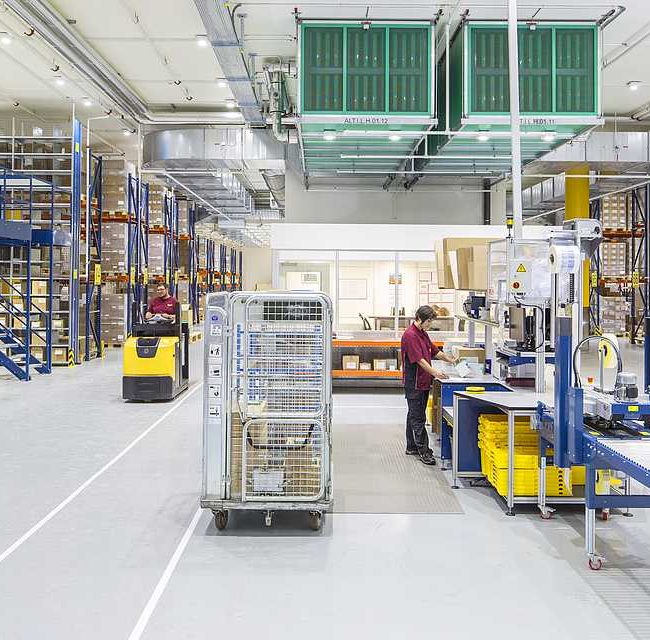As we look ahead to 2022, it’s apparent that healthcare providers are actively adopting lessons learned to construct more resilient supply chains, thanks to the knowledge obtained after nearly two years of the COVID-19 pandemic. Using a combination of technology innovation, best practices, and business strategy, here are four ways they’re working toward this vital aim.
1. Automating the procurement-to-pay process: Supply chain management that is automated is not a new notion. When it comes to automating operations and optimizing delivery, supply chain champions in other industries have set the bar. However, the procure-to-pay process in healthcare is an area that is ripe for improvement. Many healthcare organizations still use manual processes to manage bills, such as making multiple phone calls to address exceptions, manually examining contracts for anomalies, and printing checks for postal delivery. A single line item error can result in multiple phone calls as days and weeks pass and the invoice stays unpaid, delaying the delivery of new supplies.
Healthcare providers may remove manual processes by automating procure-to-pay, reducing errors and saving time and money. A touchless, automated approach to procure-to-pay provides greater visibility into financials and enhances vendor relationships by making invoicing and payment interactions between partners smooth, leaving staff to focus on more patient-centric operations. As a result, better decisions can be made based on accurate and current cash flow and cash management information.
For example, automating invoice and payment processes allows providers to take advantage of supplier discounts for early payment or volume purchases. By speeding the payment process and the delivery of products, automation helps suppliers contribute to a more fluid supply chain.
2. Using a Cloud-Based Data Strategy: The problem in healthcare isn’t a lack of data; it’s converting that data into insights via visibility and accessibility. A modern data strategy that takes advantage of developments in cloud-based ERP to help ensure data is accurate, current, and can be quickly linked and normalized across a healthcare provider’s operational systems is required to provide optimal visibility.
While the transition to cloud-based ERP solutions in the healthcare business has been underway for some time, the epidemic has hastened it. Cloud-based ERP solutions make it easier to see and manage information across financial, operational, and healthcare systems since they can handle key data across the enterprise. This data includes data on accounts payable, supplies, and patient records. It’s also required for making crucial business decisions that can help save money and improve care. Knowing which medical supplies are most successful on a particular patient cohort and how to get them efficiently, for example, can lead to improved patient outcomes and operational efficiencies.
On-premise solutions will become more of an expensive obstacle as healthcare organizations expand their reliance on cloud-based ERP systems, since crucial information stays stuck in silos. This has a severe impact not just on the healthcare provider and its patients, but also on collaboration between the provider and its suppliers, generating a ripple effect across the supply chain.
3. Using Predictive Analytics to Aid Strategic Planning: As previously said, healthcare providers place a high importance on making crucial supply chain data widely accessible. They’re using predictive analytics to make the most of that data. Healthcare providers can use this cutting-edge technology to pull past data sets and predict possible outcomes.

Predictive analytics, in a nutshell, converts data into useful knowledge. Identifying the variables in the data and researching them to construct models yields the most accurate forecasts. The more data the model can access, the more precise the prediction will be.
“If I buy X product for 30% of my patients who need replacement knee surgery in the next six months, the results are likely to be Y,” for example, may be a data query. Predictive analytics predicts the anticipated outcomes of a scenario using a range of data and insights from providers, suppliers, patients, zip codes, and other sources.
One forecast on healthcare provider’s minds right now is when the next probable supply shortfall will occur, so they can take preemptive measures to avert stockouts and delays. Predictive analytics, when used in the healthcare supply chain, can help evaluate which goods are at risk and which alternatives are most suited to certain patient demographics, allowing clinicians to continue to give the best care at the lowest cost.
It’s easy to incorporate more data sources to get the most out of predictive analytics with a current data strategy and analytical tools. When done correctly, this can help reduce supplier costs without jeopardizing patient care.
Restoring Clinical Supply Chain Integrity: Procure-to-pay, cloud-based ERP, and predictive analytics are all building components for a clinically integrated supply chain. Clinical integration in the health care supply chain is an interdisciplinary approach to deliver patient care with the highest value (high quality, best outcomes, and little waste) at the lowest cost of care, according to the Association for Health Care Resource & Materials Management (AHRMM).
To enable a clinically integrated supply chain, healthcare providers must integrate their financial, operational, and clinical systems. Missing this step means they are missing vital information including medication history, lab results and patient progress notes that could impact patient treatment. It also makes it harder to identify cost, quality, and outcome influences.
Providers can enable a clinically integrated supply chain by making critical financial, operational, and clinical data available to all key stakeholders via a cloud-based ERP system. To learn which goods work best in certain contexts, and how that knowledge connects to patient outcomes and financial goals. As a result, better patient outcomes and operational performance are achieved.
The healthcare business is trying to strengthen its supply chain. One that can withstand natural disasters and future healthcare crises while improving patient health and operational excellence. While COVID-19 emphasized the need for supply chain transformation, Northwest haulage companies and suppliers are already working to improve daily healthcare management and delivery.






